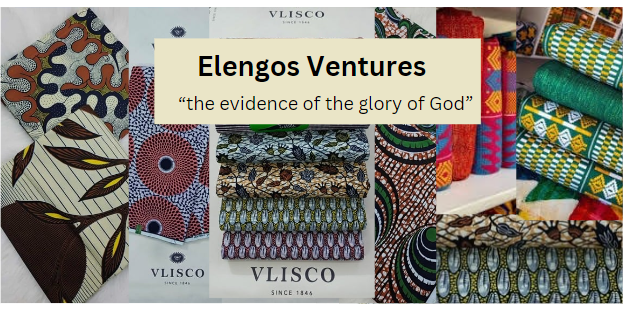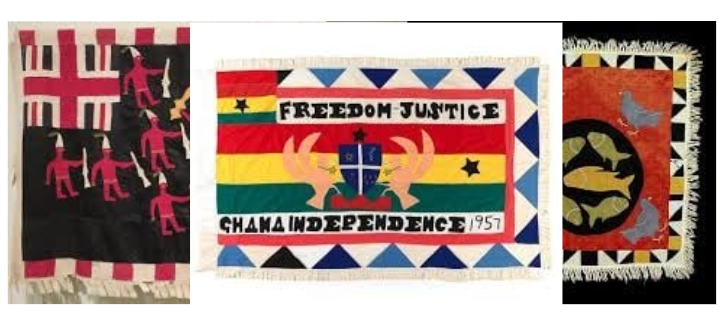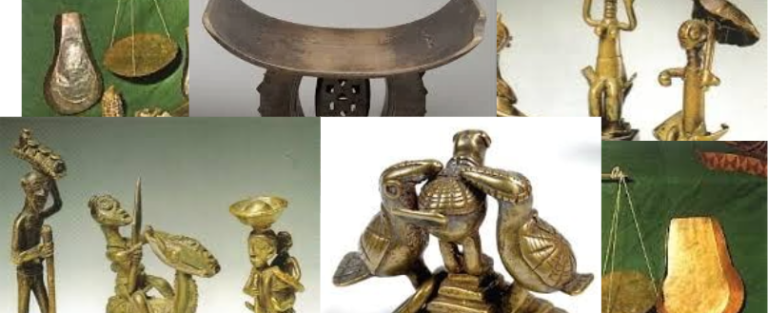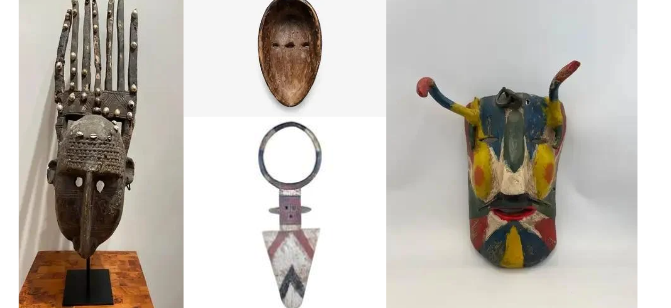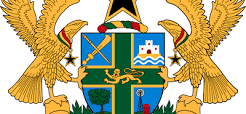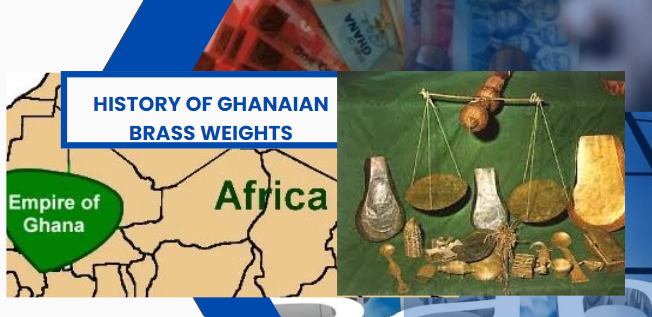
History of Ghanaian Brass Weights
Akan gold weights, or brass weights made in Ghana, have a long history that is closely entwined with the customs and way of life of the Akan people of West Africa. These elaborate brass weights functioned as status, trade, and creative expression symbols in addition to being a measuring device. These weights’ centuries-long journey reflects the development of the Akan civilization and its contacts with outside factors like European colonial powers and commerce. so let’s dive into the real History of Ghanaian Brass Weights.
Origin and Significance
The Akan gold weights, known locally as mrammou or abrammuo, were essential tools in Akan society for measuring goods, particularly gold dust used as currency. Owning a complete set of these weights was a symbol of prestige and played a crucial role in trade agreements among the Akan people. Beyond their practical function, these brass weights were miniature works of art, depicting various aspects of West African culture such as adinkra symbols, animals, plants, and human figures.
Evolution of Goldweights
Stylistic studies categorize Akan goldweights into Early (1400-1720 AD) and Late (1700-1900 AD) periods. The Early period featured geometric designs dating back to the 15th century, while figurative representations emerged around the 17th century. These weights not only reflected changes in artistic styles but also mirrored shifts in Akan society and its interactions with neighboring ethnic groups and European traders.
Role in Akan Society
The possession of goldweights was more than just a practical necessity; it held cultural significance within Akan communities. Complete sets of weights were often gifted to newly married men to facilitate their entry into trade activities with honor. The intricate designs on these weights served as visual representations of shared values, beliefs, and historical narratives within Akan culture.
Interaction with European Traders
As European traders arrived on the West African coast seeking gold and other resources, Akan goldweights became part of the exchange process. These weights not only facilitated trade but also showcased the craftsmanship and artistic prowess of the Akan people. The fusion of traditional Akan motifs with external influences created a unique blend of cultural expression within these brass artifacts.
Decline and Preservation
With the decline of traditional gold-based economies due to colonial interventions, the use of goldweights for measuring gold dust diminished. However, their cultural significance endured through generations as heirlooms and symbols of heritage. Today, collectors and enthusiasts value these brass weights for their historical importance and artistic merit, preserving them as tangible links to Ghana’s past.
Bottom lines
Ghanaian brass weights hold a multifaceted history that intertwines artistry, economics, culture, and tradition within the context of Akan societ. From their practical use in trade to their symbolic value in social rituals, these goldweights encapsulate centuries of heritage that continue to fascinate collectors and scholars alike.

